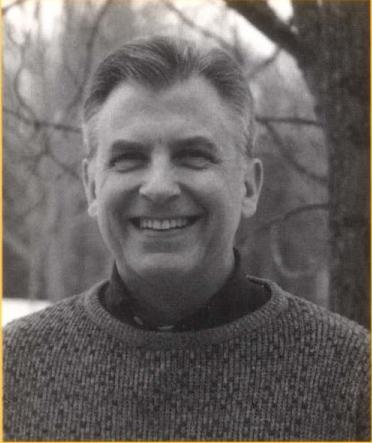
|
|
Neurotherapy protocols may be chosen by paying attention to the presenting symptoms and matching those symptoms with neurologically specific areas of the brain. Key structures of the brain include the lobes of the prefrontal cortex. If the executive region of the brain is not functioning properly, likely the functioning of other lobes will be compromised. Identifying frontal lobe and prefrontal lobe abnormalities often guides neurotherapy protocols. However, neurotherapy in the frontal lobes is difficult and in some cases impossible. Fortunately therapy options are available. Other lobes also contribute to various symptoms. The power point presentation will review functions associated with the temporal, parietal, occipital lobes as well as the cingulate gyrus, cerebellum and the sensorimotor cotex. Each structure will be reviewed and likely therapy interventions will be discussed. Workshop attendees will be introduced to websites that can serve as guides as well as publications that can be used as the basis of clinical interviews in the search for the symptom based neurologically specific neurotherapy protocols. Potentially beneficial protocols include: how to improve handwriting in children with a two channel model; enhancing eye contact with children who are diagnosed with asperger's disorder; improving balance with clients who are unsteady or unsure on their feet; building social awareness and executive functioning and judgment by training in the frontal lobes. All protocols require an understanding of how to identify EEG abnormalities by performing mini-assessments or QEEG. Participants need to have a general understanding of how neurofeedback works and the international 10-20 system of sensor location.
Other Products by John Demos 1) Neurofeedback Meets Wholistic Counseling
To View Comments or Join the Conversation: |
Most Viewed of all Products
Interhemispheric EEG Training: Discussion and Demonstration
|

